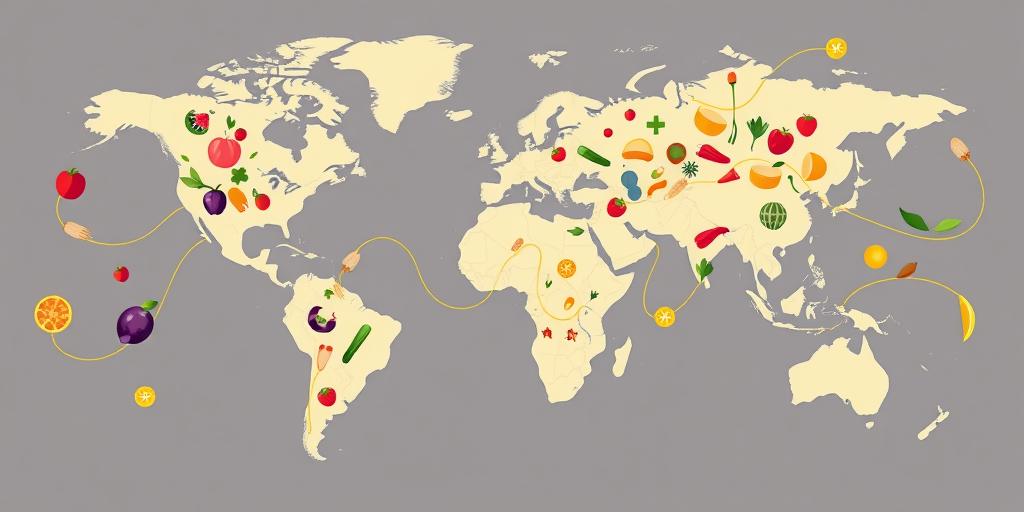Global Malnutrition: Challenges and Solutions for 2025
Malnutrition remains a pervasive global challenge, affecting millions of people across the world, particularly children and women in low-income countries. Despite significant progress in reducing poverty and improving food security, malnutrition persists in various forms, including undernutrition, micronutrient deficiencies, and obesity. Addressing global malnutrition requires a multifaceted approach that considers the complex interplay of factors contributing to this problem.
The Scope of Global Malnutrition
Malnutrition encompasses a wide range of conditions, each with its own set of causes and consequences. Undernutrition, characterized by insufficient intake of energy and nutrients, leads to stunting, wasting, and underweight in children. Micronutrient deficiencies, such as iron, vitamin A, and iodine deficiency, can impair cognitive development, weaken the immune system, and increase the risk of mortality. On the other end of the spectrum, obesity is a growing concern, driven by changes in dietary patterns and sedentary lifestyles, leading to increased risk of chronic diseases.
The consequences of malnutrition are far-reaching, affecting not only individual health and well-being but also economic productivity and social development. Malnourished children are more likely to experience impaired cognitive development, poor school performance, and reduced earning potential. Malnutrition also contributes to increased healthcare costs and reduces overall economic productivity.
Challenges in Addressing Global Malnutrition
Several challenges hinder efforts to address global malnutrition effectively. Poverty, food insecurity, and lack of access to healthcare and sanitation are major underlying causes of malnutrition. In many regions, conflict and displacement exacerbate food insecurity and disrupt access to essential services. Climate change, with its impact on agricultural production and food systems, further compounds the problem.
In addition, inadequate policies and programs, as well as insufficient funding and coordination, can undermine efforts to address malnutrition. Many countries lack comprehensive nutrition strategies and effective implementation mechanisms. Weak health systems and limited capacity to deliver nutrition interventions also pose significant challenges.
Solutions for 2025 and Beyond
Addressing global malnutrition requires a comprehensive and coordinated approach that tackles the underlying causes and implements evidence-based interventions. Key strategies include:
- Strengthening Food Systems: Promoting sustainable agriculture, improving food storage and distribution, and reducing food waste can enhance food security and access to nutritious foods.
- Improving Healthcare and Sanitation: Expanding access to quality healthcare services, including maternal and child health services, and promoting improved sanitation and hygiene practices can reduce the burden of infectious diseases and improve nutritional outcomes.
- Implementing Targeted Nutrition Interventions: Scaling up evidence-based nutrition interventions, such as breastfeeding promotion, micronutrient supplementation, and management of acute malnutrition, can directly address specific nutritional deficiencies.
- Empowering Women: Investing in women’s education, economic empowerment, and access to healthcare can improve household food security and nutritional outcomes for women and children.
- Strengthening Governance and Accountability: Establishing clear nutrition policies, strengthening monitoring and evaluation systems, and ensuring accountability for results are essential for effective nutrition programming.
Conclusion
Addressing global malnutrition requires a concerted effort from governments, international organizations, civil society, and the private sector. By implementing comprehensive strategies and investing in evidence-based interventions, we can make significant progress towards achieving a world free from malnutrition by 2025 and beyond. Continued commitment and collaboration are essential to ensure that all individuals have access to the nutritious foods they need to thrive and reach their full potential.
